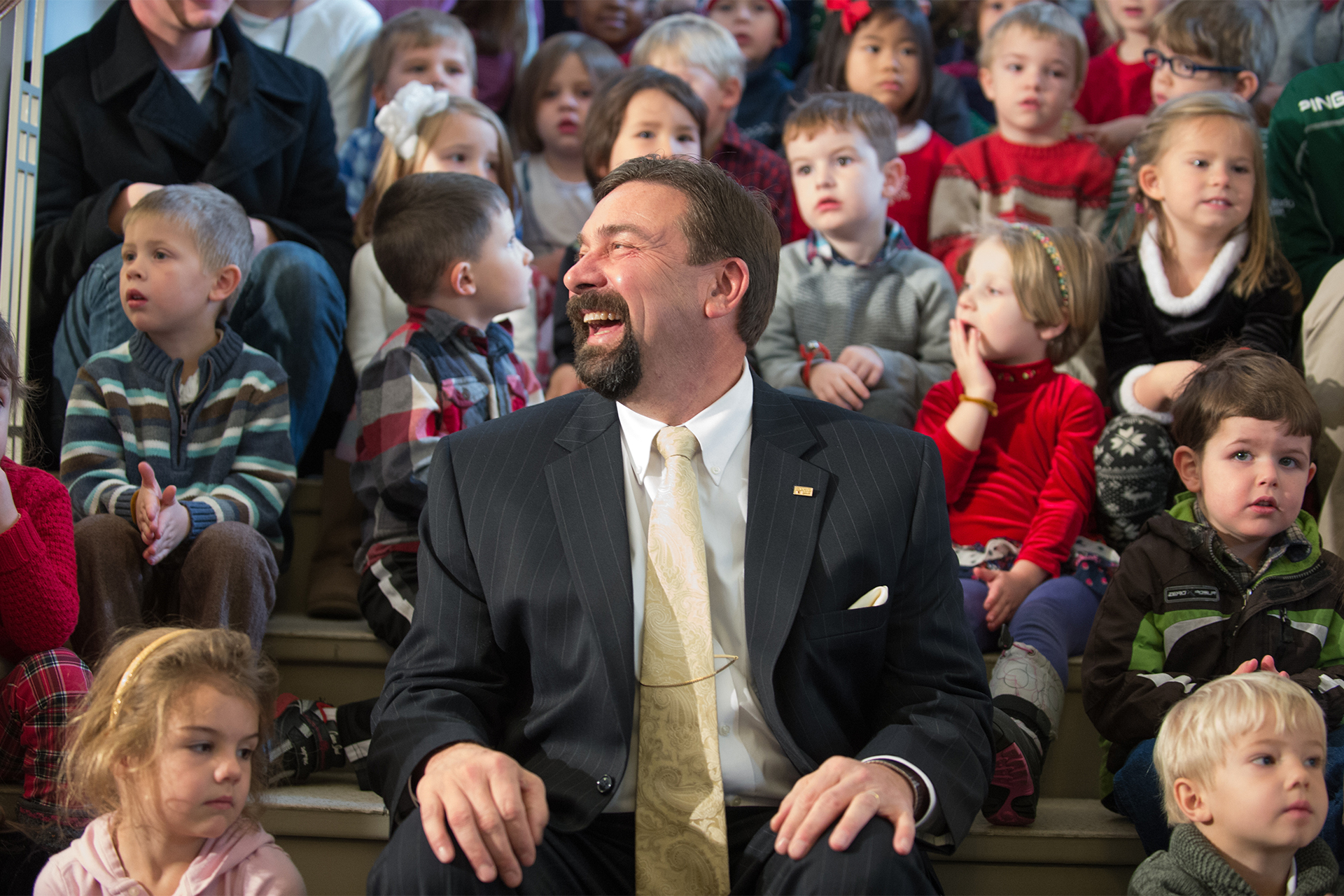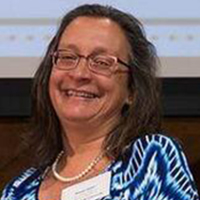
My legs were trembling the first time I met Tony Frank in the spring of 1995. I was a new assistant professor who had just dared walk into the office of James Voss, long-time and very powerful dean of the College of Veterinary Medicine and Biomedical Sciences. I had never met Dean Voss, and I was there to ask him for money.
Dean Voss glared as he shook my hand. My throat tightened and I lost the ability to speak. Then I turned to shake hands with his Associate Dean for Research, Tony Frank. He beamed a grand smile at me, and I found my voice. I learned a lot from Tony in that meeting. He empowered me. He supported me with substantive arguments, which helped to win over Dean Voss.
I have learned so much more from Tony since that first encounter. I have also watched Tony on his own journey of self-awareness and actualization. Over the last decade Tony has demonstrated his vision for our 21st century land-grant university. He has listened and learned. Like any good pathologist, he has diagnosed our community’s most difficult problems. But Tony Frank is far more than a pathologist.

I call the tremendous transformation we have seen under his leadership the “Tony Effect.” We’ve seen enrollment growth, new facilities, reorganization, incredible increases in development and fundraising, to name just a few.
Best place to work and learn
My focus today is on Tony’s 2013 vision to “make CSU the best place for women to work and learn.” He listened to women from across campus and learned everything he could. He recognized he came from a position of white male privilege, and consciously countered his own implicit bias. He empowered and enabled both new and existing teams to improve the campus climate and culture for everyone. There are too many teams to name here, but please see the Women and Gender Collaborative.
Did Tony do everything right? Heck no, and he would be the first to tell you that, probably with a self-deprecating joke about being a pathologist who rarely sees the light of day. Three years after proclaiming his vision for women on campus, focus groups found there was a “lack of leadership to create real change.” Women faculty were disillusioned, distrustful and cynical about Tony and his administration. They brushed off his goal to “make CSU the best place for women to work and learn” as more ineffectual lip service. Some reading this article today still feel that way, but I don’t. I watched Tony’s shoulders fall when we received the first report on the focus groups, and I saw the pain in his eyes. Not pain for his administration’s image, but pain that any person on this campus felt they had reached a breaking point and that working here had “a negative, pervasive impact on their health and ability to work.”
Many universities do not perform climate surveys, and of those that do, many do not share the unfiltered results publicly. CSU does, and Tony does not see the climate survey results until they are published. CSU has become a benchmark for other universities, several of whom have asked us for help in assessing their climate.
I encourage you to look at the 2018 (and earlier years) Employee Climate results. I believe the numbers show the “Tony Effect.”
Notably, 80% of 2018 respondents agreed with the item “CSU encourages discussions related to diversity” compared to 63% in 2016; 70% of respondents agreed that “CSU improves the campus climate for all employees” compared to 62% in both 2014 and 2016. Tony set the wheels in motion that led to the campus climate survey, and he should be proud of the almost 60% response rate (over 4,000 CSU employees responded), up from just 26% in 2014.
While we have made progress, Tony would be quick to point out all the work that still lies ahead. The 2018 Climate Survey found significantly less positive results with regards to favoritism and accountability of leadership. “Further, state classified respondents, respondents from a minoritized race/ethnicity, transgender/non-binary/gender non-conforming respondents, and women respondents had less favorable responses on average,” according to the final report. But the expectation has been set by Tony that we keep pushing ourselves to do better, and we will.
Thank you, Tony, for relentlessly and courageously pushing to improve the campus culture and climate around gender. You have truly put us on a trajectory to make CSU the best place for women, and indeed everyone, to work and learn.